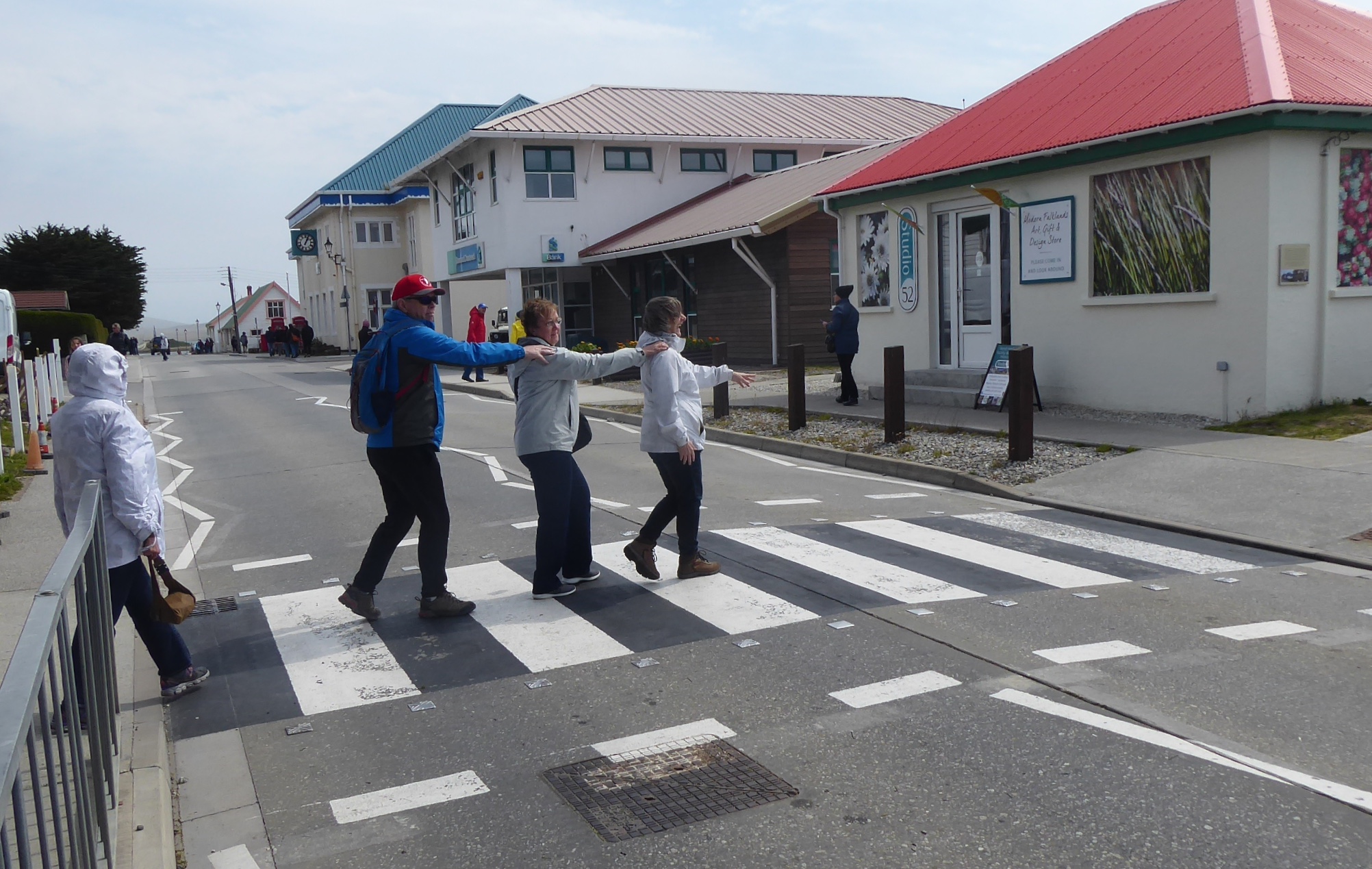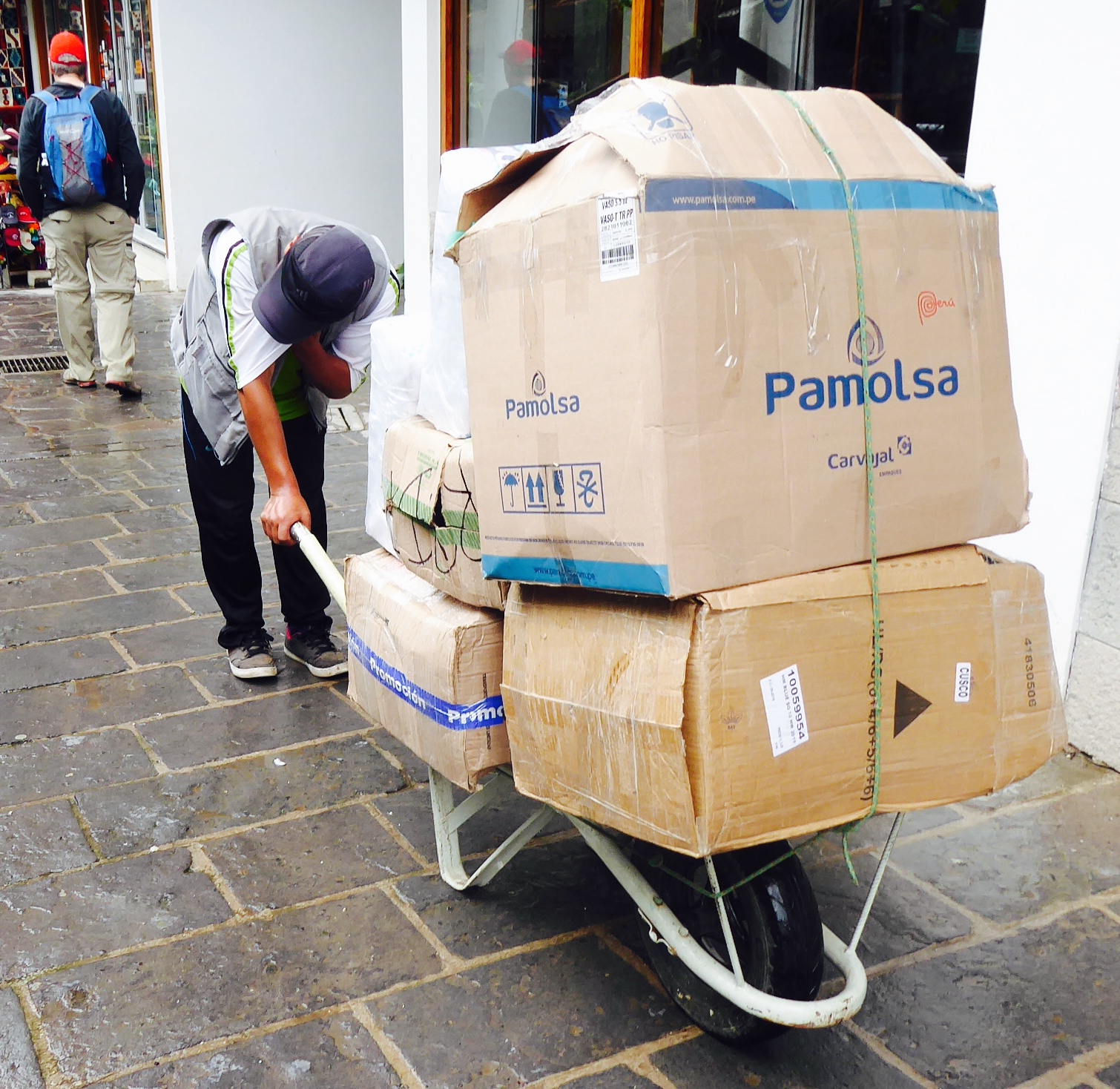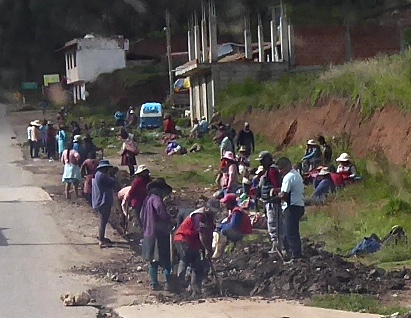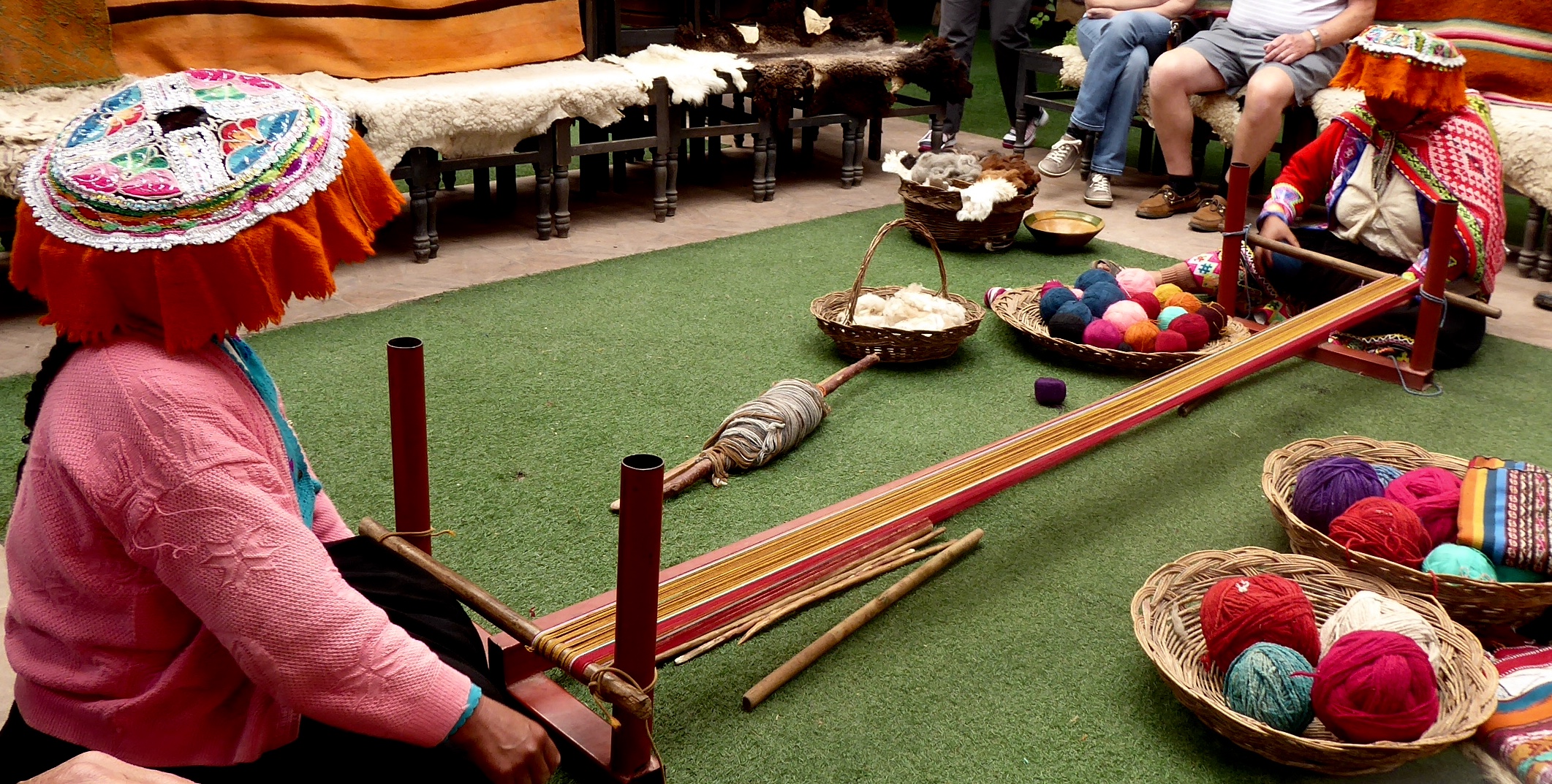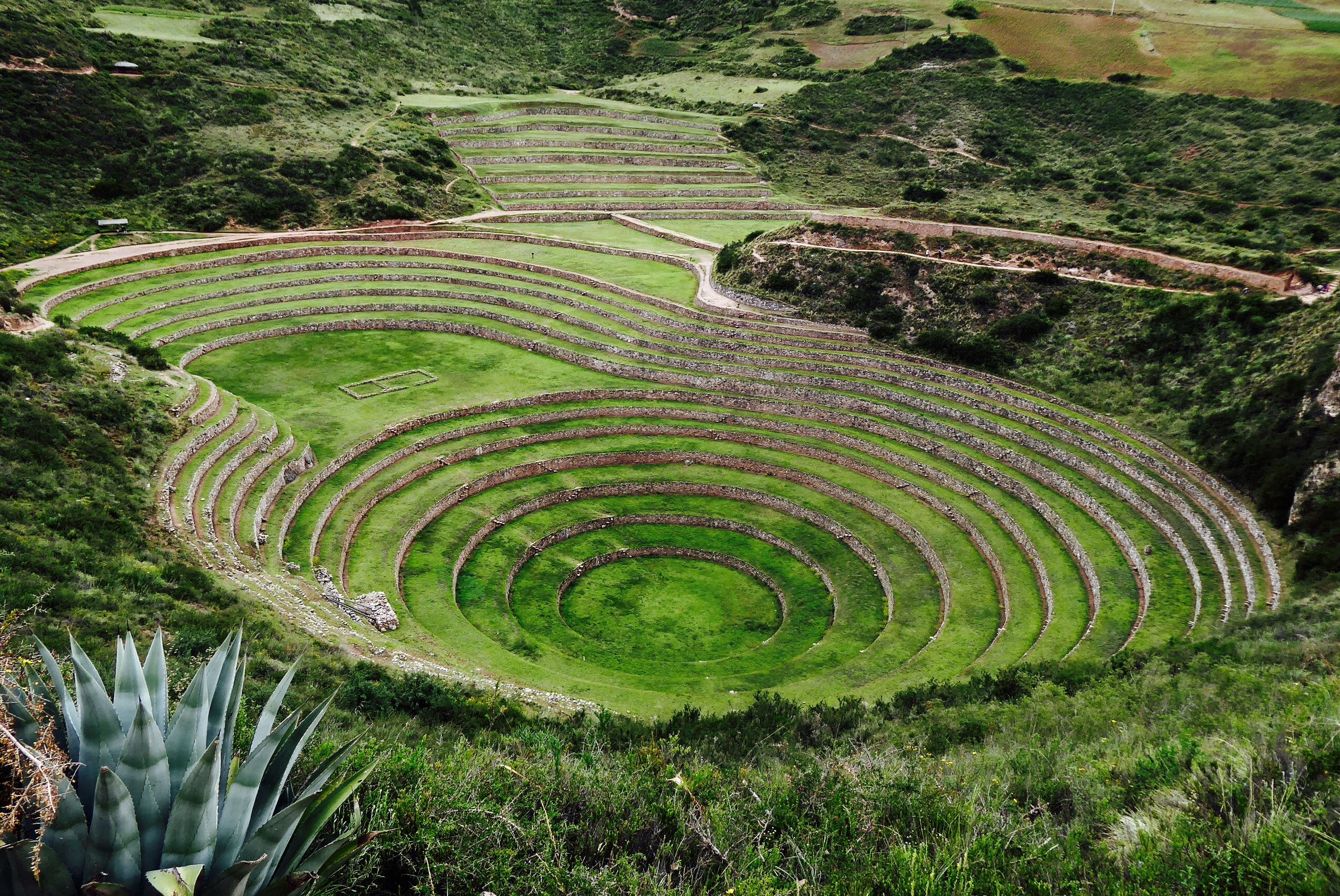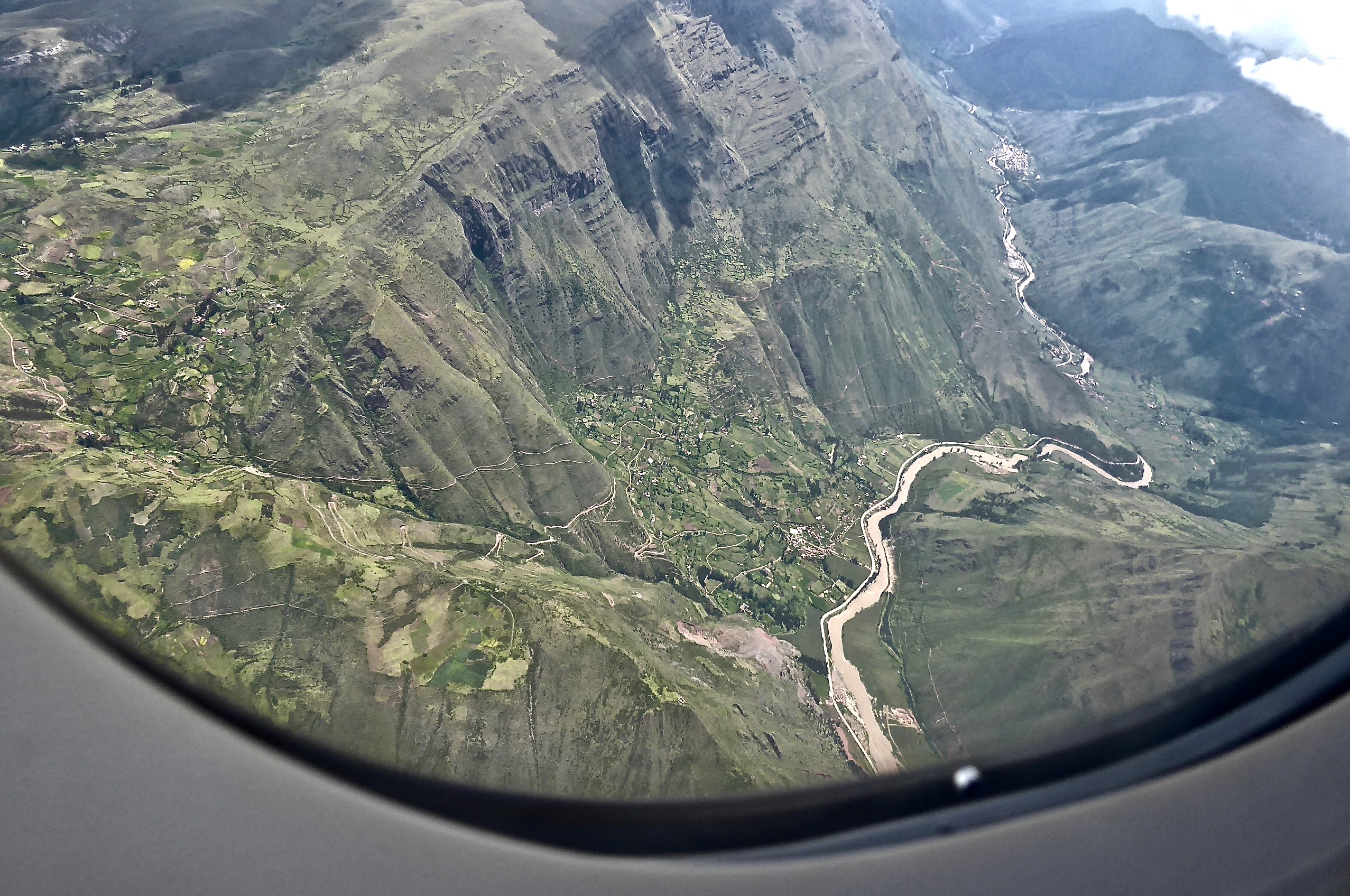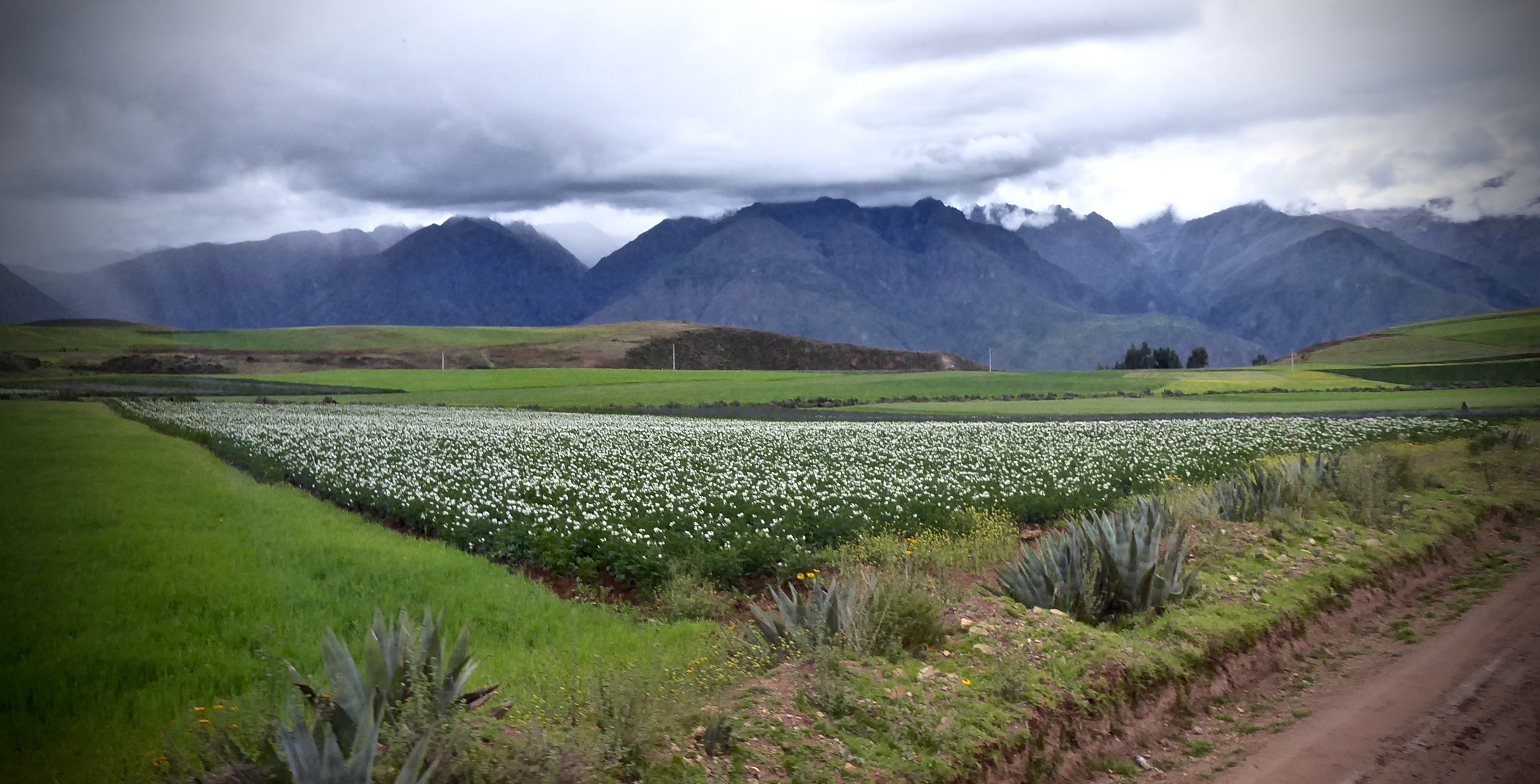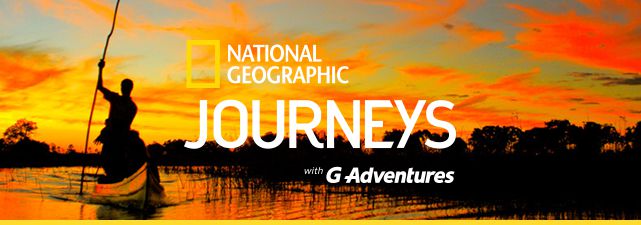Touching the Old World in the Balkans
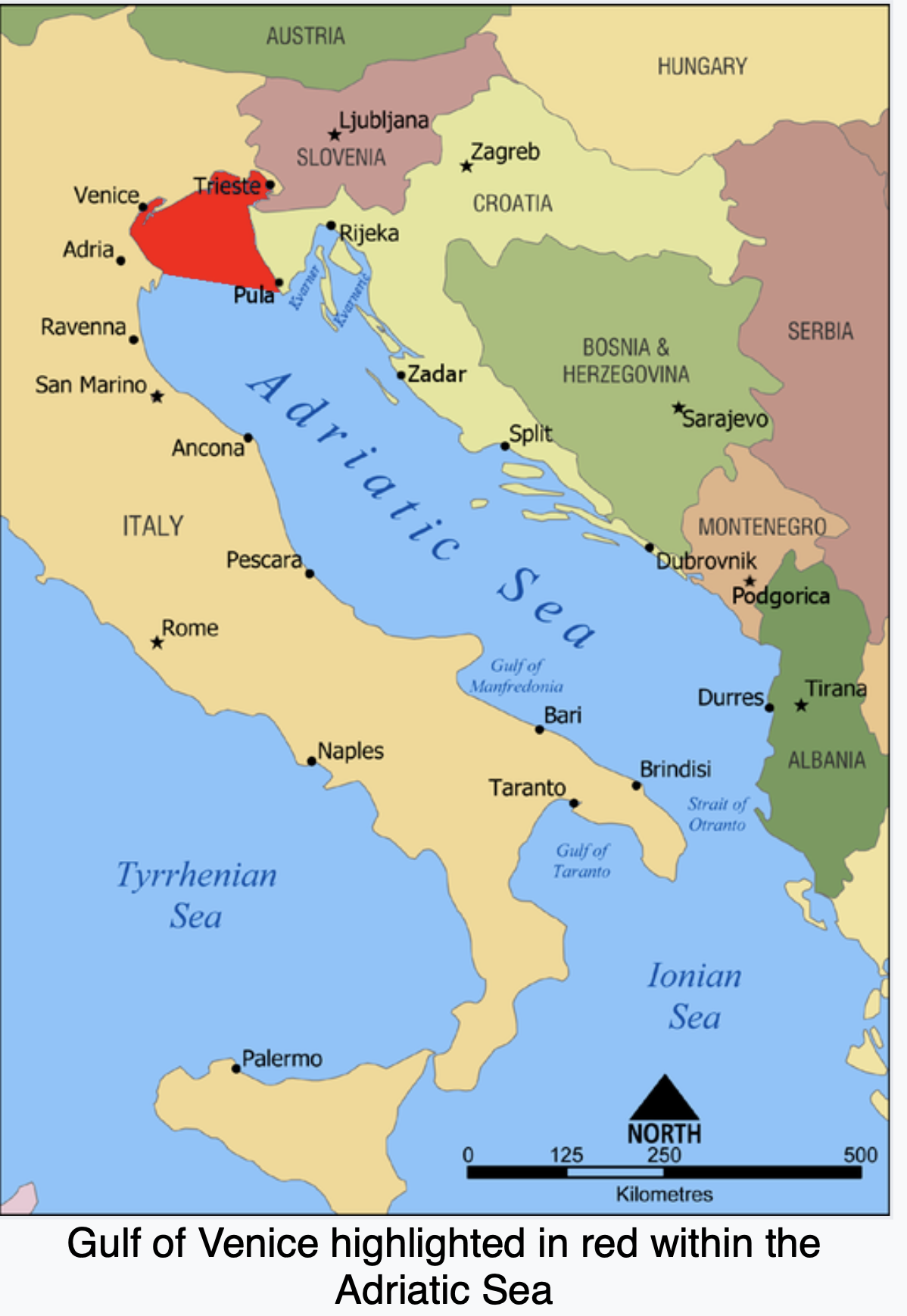
It was hard to bid farewell to Venice as it is such an amazing city. The water, the art, the culture of old and new. Plus, just by chance we happened to meet a couple we had shared time with in the Swiss Alps on our way to the Top of Europe. Saying good-bye is difficult so we stopped saying that and now just part with “cheers, see you at some future stop.” We wave and board the high speed ferry.
1. Across the Gulf of Venezia to the Adriatic.
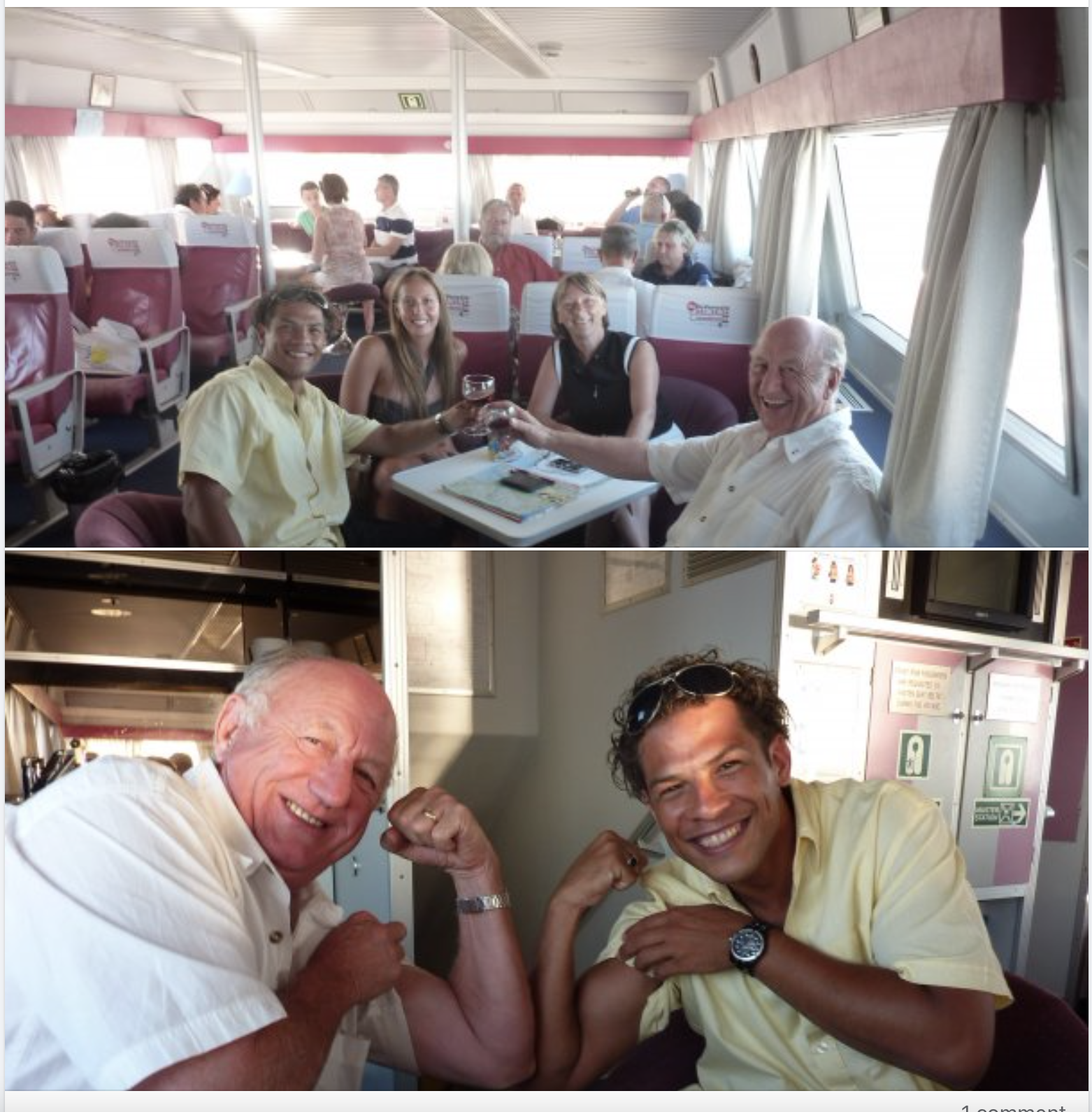
The feelings of melancholy on leaving Venice do not last long. We have luxurious seating on the upper deck of our high-speed catamaran. We were no more than 25 minutes into our four-hour trip when we chanced to meet a young couple from Queens (New York). He, a deeply tanned, ebullient young man (perhaps Sean at a more mature age), who grew up in the Dominican Republic. She, from a small town just a few minutes from where our friends from Victoria are staying with their families near Labina in Istria.
They travel back to Croatia each year to spend time with her family and then return to the bustle of New York, where their lives are centred. We exchanged travel tips (places to go and things to see) and shared stories of our varied families, homes and views of the world. Ah, she also mentioned she is a skydiver, and they loved the pictures of our experience paragliding high over the Alps when in Interlaken visiting friends. It would be great to meet this young couple again.
Croatia appears in the north as we travel past Pula, near the southern tip of Istria and glide into Rabac harbour. The hillsides are covered with colourful homes and great bursts of flowering shrubs. The harbour below is filled with boats, and the sidewalks with people. We are greeted at the terminal by our friends Adriano, Rosana and their daughter Vanessa. They never expected we would one day meet them in the country where they grew up.
2: Meeting the Families of Friends from Victoria
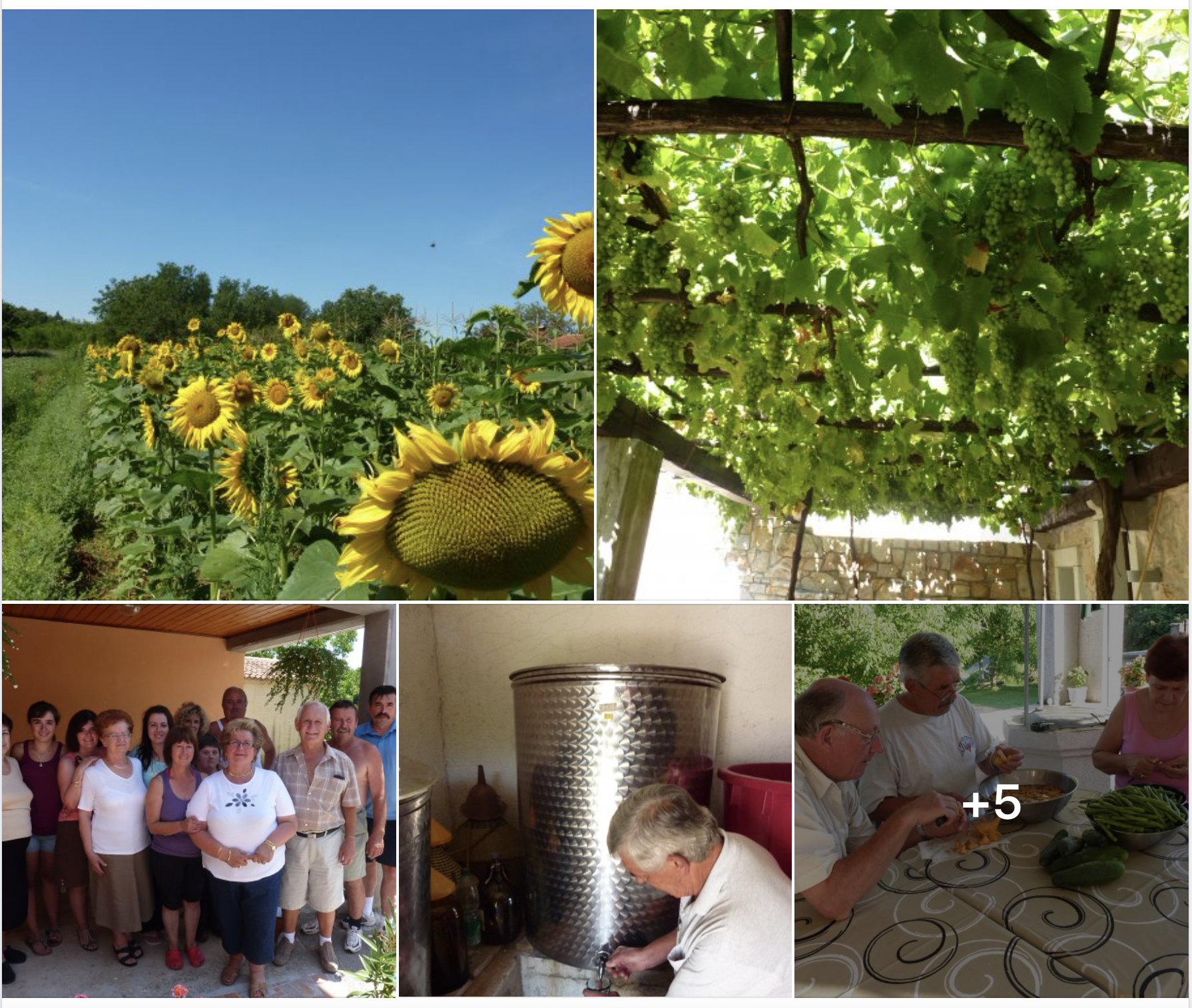
Our trip to meet Adriano’s mom and dad (we met them ten years earlier when they visited Victoria – his dad and I are only four months apart in age) is very quick as Adriano is free to drive in his preferred style (fast and furious with traffic control signs acting only as a very loose guideline that can be observed or not as impulse might dictate.
After a short visit, we are off to meet Rosana’s parents, who are also just visiting from Victoria (also our neighbour’s Royal Oak)) who maintain a home where Rosana grew up (5 minutes from Adriano’s childhood home). Present is her grandfather, two uncles, an aunt and several other relatives and friends.
Her parents are leaving the next day (after six weeks) and heading back to Victoria. They kindly offered us the use of their home for a couple of days while we got oriented. They have been in the process of renovating over the past few years, and it is a lovely place in a farm setting alongside other relatives.
Even though we have a language barrier, we feel most welcome. To give you a sense of this small farm area (as compared to our homes in Alberta, these homes and large tracts of land have been in these families for 400 500 years or more – no one knows how far the families stretch back. It is clear that all things being equal, these homes will stay in the families for hundreds of years into the future as they pass from family to family, and even those that live in other countries maintain a share.
The homes themselves are built to last hundreds of years as the walls are nearly a foot thick, and the tile on each roof looks to last a hundred years after an installation and periodic repair. They also have smoke and curing rooms that are not used as much now but still serve the families well. There is also the “vina room”, where each family prepares ample quantities each year from grapes grown on their vineyards with meticulous care.
The wine flows freely, and the food is sumptuous. Lynn has even taken to having a glass of wine at the most unusual of times (did I catch her having a little vino at breakfast?). In the early afternoon of our second day, Adriano and Rosana leave to drive her parents back to Zagreb for their flight back to Canada. The parting is touching as tears are evident in the eyes of the whole family – they all maintain close family connections even though they spend most of their lives living thousands of miles apart.
Lynn and I will long treasure meeting with these families and count the visit to Istria as among the highlights of our travels over the past several months.
(141)
Oak Bay Retirees 1994 – 2020
Hello Everyone,
The photos contained in this slide show were taken between 1994 and 2019. The inaugural meeting of the Oak Bay Municipality Retired Employees was held in 1994 at the Imperial Inn (now the Capital City Centre Hotel), at 1961 Douglas Street.
Ruth Milling, who retired as Payroll Clerk in 1991, was the primary organizer of this group and for 25 years was the person who scouted out locations, discussed menus, organized helpers, figured out door prizes and did all the things that make for successful get-togethers. For that, and so much more, all the Oak Bay Retirees owe her many thanks. She cared about us while we were employees, and she continues to care about us now.
Patricia Walker
Treasurer (Retired)
Music Credit: ABBA, I Have a Dream, and, Joan Baez, Forever Young.
The photos in the album were in pretty good shape, however it’s nearly impossible to copy them without losing some quality. Because we tried to include every photo, some will not be as good as we might have wished. If anyone has an interest in getting more information on names, please send an email to Patricia or myself.
The blog site on which you are watching this slideshow includes a number of police stories from over the years. They are included in the index section on the left side.
Regards
Harold McNeill
Oak Bay Police (1964 – 1994)
Email: harold@mcneillifestories.com
Oak Bay Raeside Cartoons
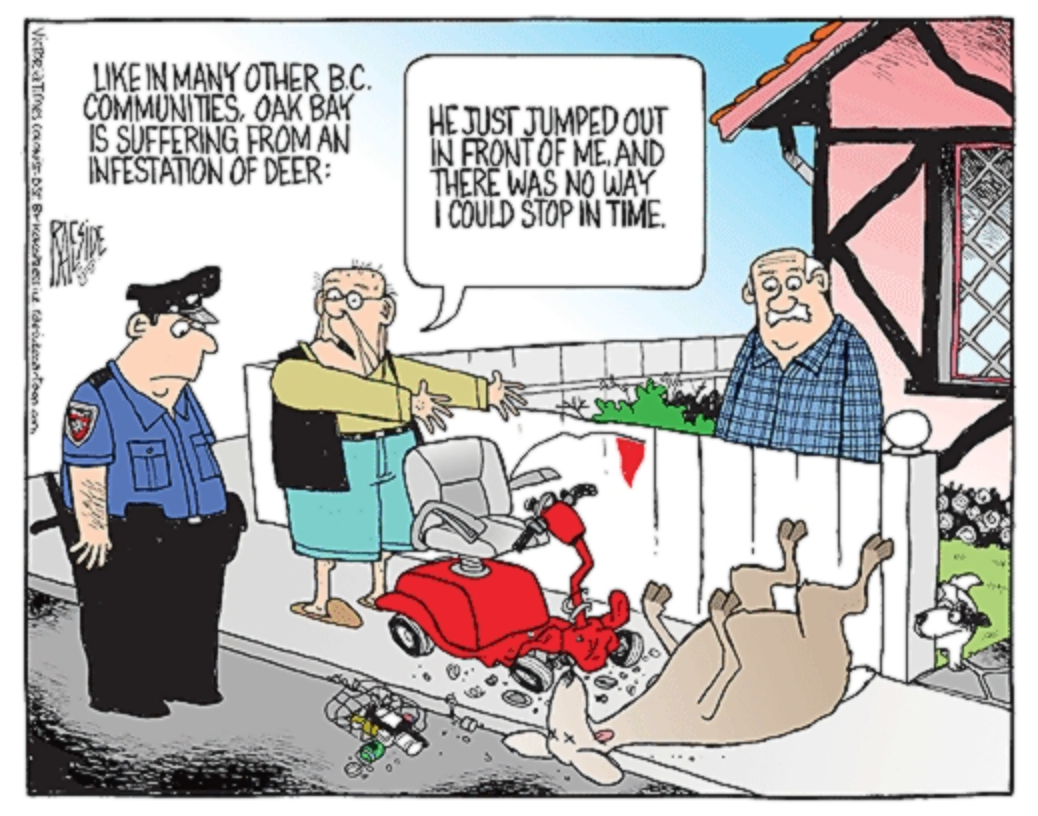
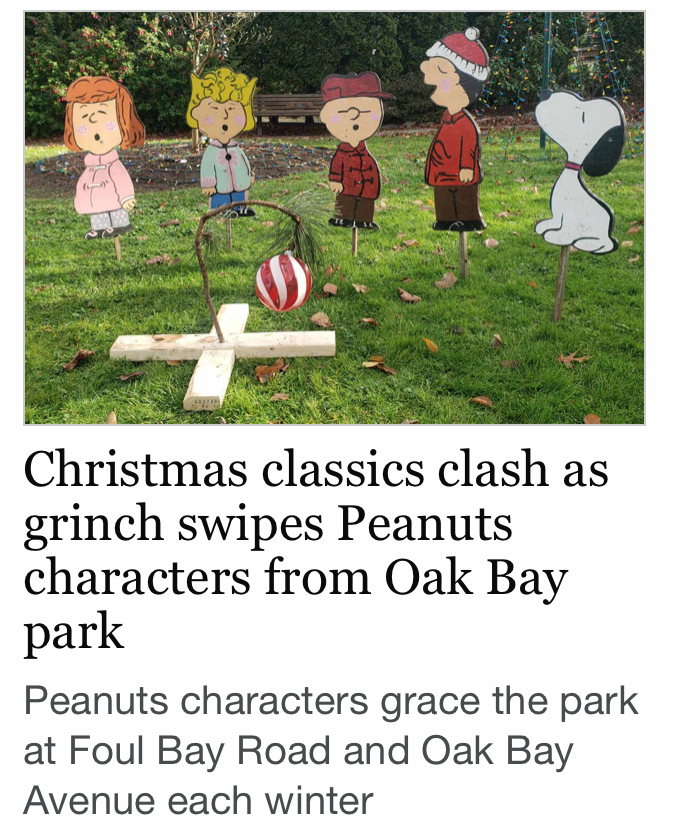
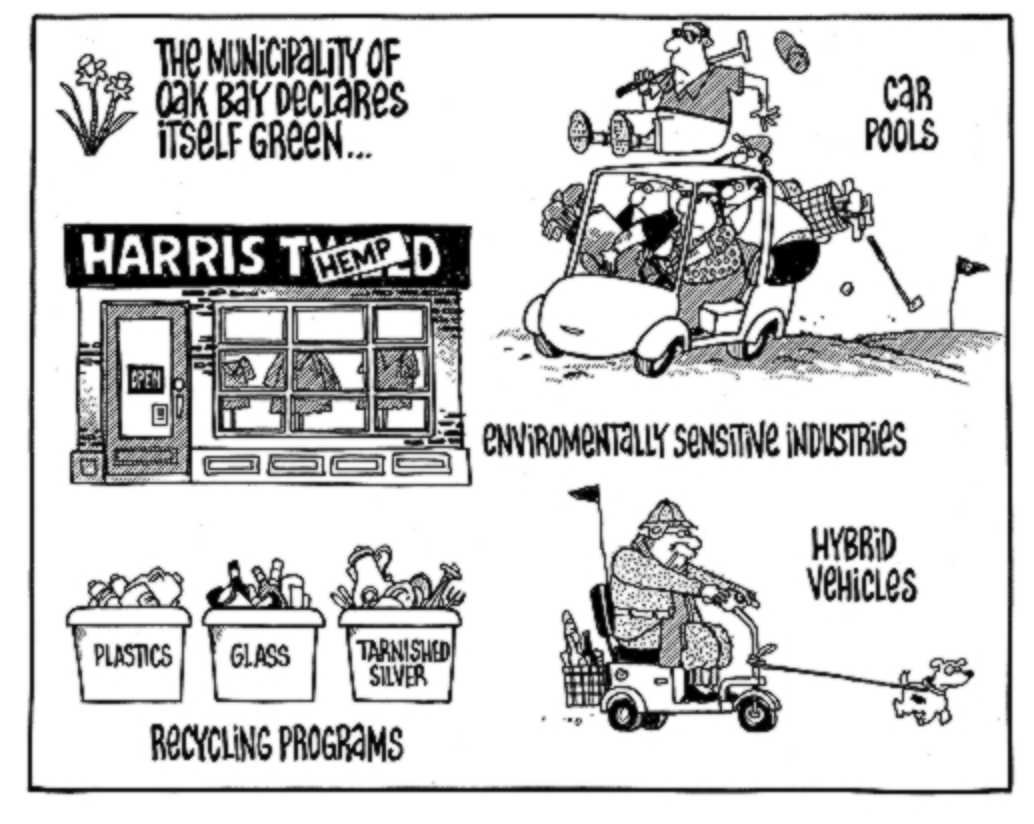
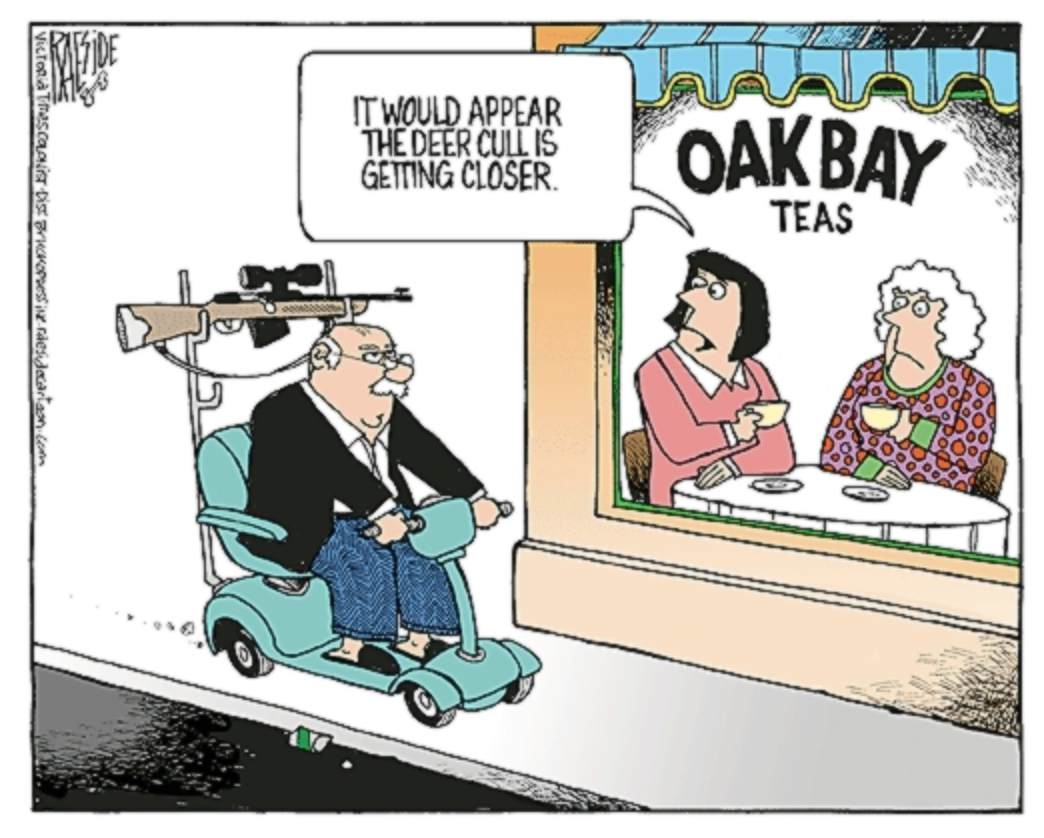

(464)
The Falkland Islands
For Lynn, Esther and Garth, this was not exactly Abby Road, but they tried. One thing for certain, the Falkland Islands are British to the core.
(Check out the Slideshow (2.41 minutes) in the footer)
Links to other Posts
A South American Adventure The introductory Post
Peru, A Different Perspective: Includes Slideshow
Peru and the Inca: Back to the Future Inca Agricultural Research
A Long Day, A Hard Life: Comparisons between Peru and Canada
This post developed from an earlier Facebook entry.
While in the Falklands I met a few people in the local Constabulary (The Royal Falklands Police) some of whom were retired police members from other Commonwealth countries (mainly Britain). A few traveled to the Falklands in order to take on a two-year assignment. While a few will likely return, others are there to stay. I was fascinated by the mix of old and new in the department HQ, as it was much like the department where I spent my thirty-year career.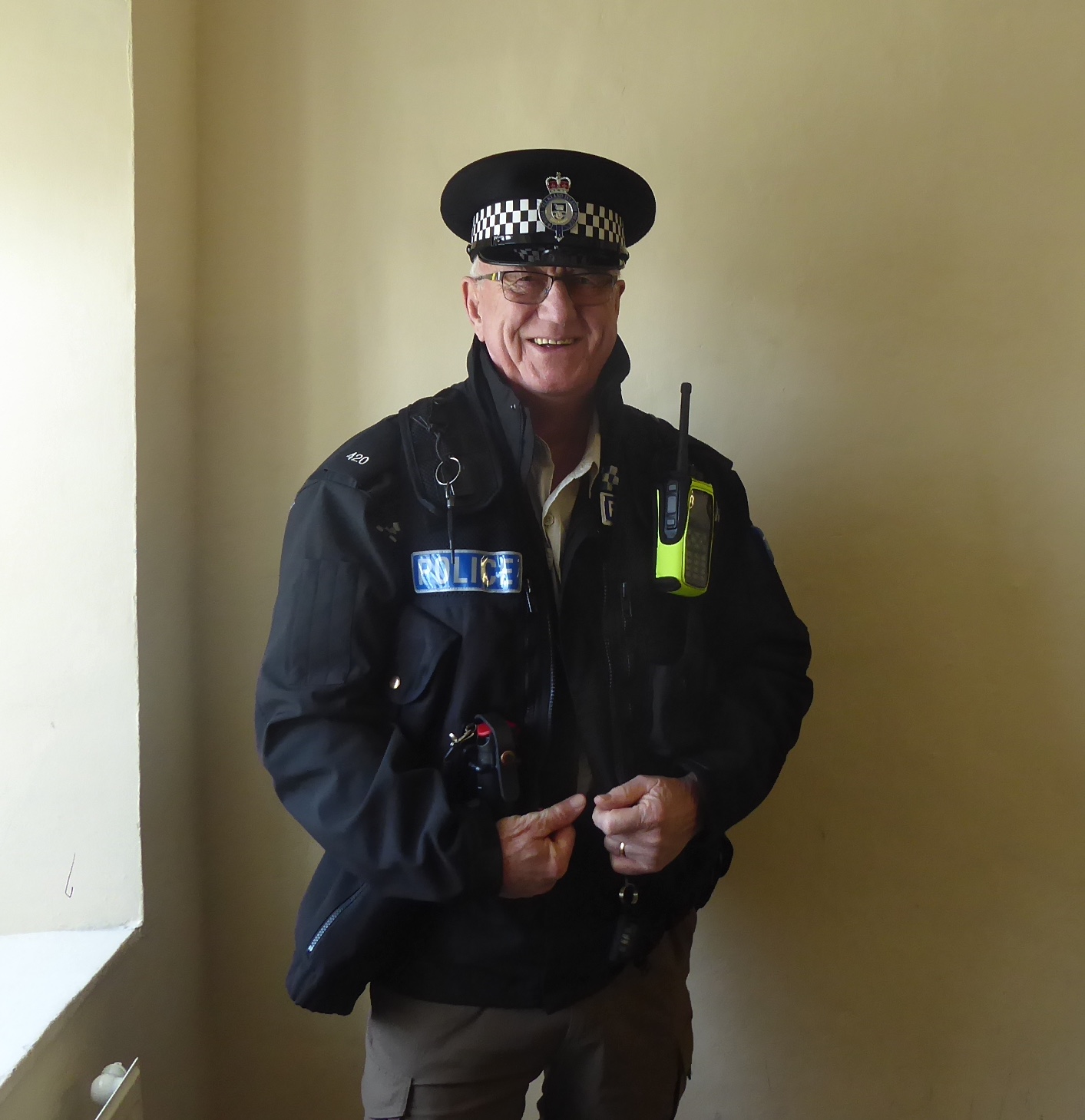
Lynn encouraged me to consider applying as she stated she would be more than happy to move to the Falklands for a couple of years. Given the friendly people and a climate not all that different from our home here in Victoria, it seems certain we would love the place and its people. If I was a decade younger, and without as many irons in the fire as here in Victoria, it is something I would consider. Oh, and it felt good to be back in the harness. Of the many things I loved about being in the service, was walking the street in uniform and greeting people. Ah, perhaps in the next life the opportunity will arise.
What it means to be a Falklander
Even though the permanent resident population is small (3400) it operates as a Parliamentary Dependency under a Constitutional Monarchy. The people I spoke to (police, fire, ambulance) left me with the impression the Falklands War helped the Islanders to coalesce as a country with purpose. I was told that prior to the war, they pretty much existed without seeing themselves with a collective purpose and a vision for the future, other than being British.
One of the downsides in the aftermath of the war is the acrimony that continues with Argentina. The result, most trade, and essential needs are met by traveling to Chili, or Uruguay, their nearest friendly neighbors, and, if necessary, to Britain, which, for a return trip, is over well over half a world away (26,000 km).
With only one flight in (and out) each week, the country remains relatively isolated. Even though the permanent population is small, they have excellent public facilities, with schools, recreation, businesses, etc. being as good or, in many cases, better than you might find in many small towns in Canada. I suppose that’s why temporary workers coming to the country qualify for many perks (vehicle, housing assistance, etc.) as that helps to make their journey doubly worthwhile.
While specialized hospital care and advanced treatment facilities are limited, the government provides free transport and pays all the costs of those who must travel out of the country for treatment. We heard of one resident who has been confined to a hospital in England for over a year.
Tourism and Employment
With over 55,000 cruise tourists each year and a further 1,400 land-based travellers, the Islands are always in desperate need of full and part-time employees, across the spectrum, from labour to professional. If I was a young person (professional or otherwise) and wanted a change, I would certainly look at the Falklands as a place to do something very different, particularly if they wished to get away from the rat race of a big city.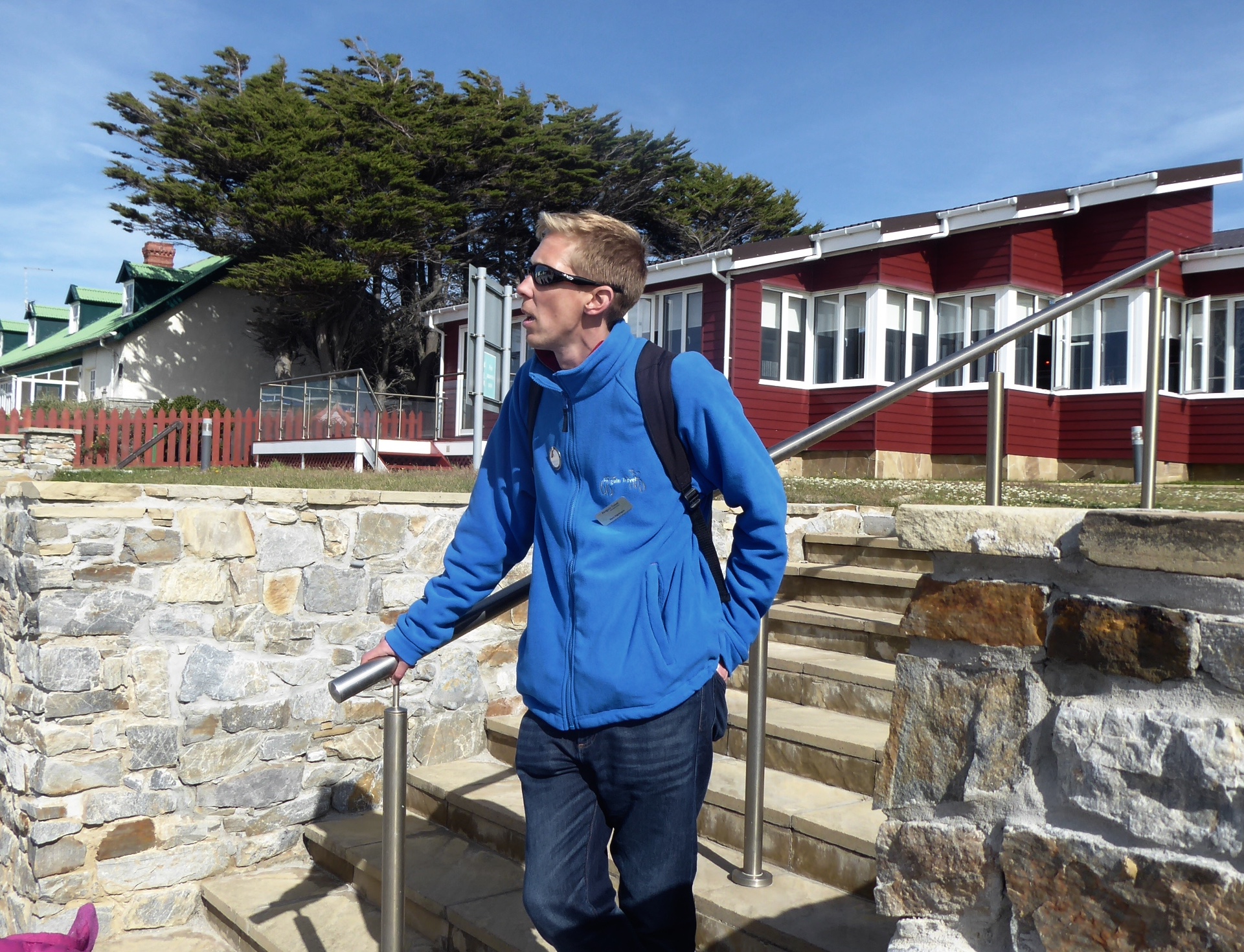
The young man in this photo (our tour guide) came to the Falklands with his bride and they now have their first child (born on the Islands). They intend on returning to England in a couple of years, but I wonder if they will.
I think she is employed as a teacher and he as a tour guide during the season and in other jobs in the offseason. I sense they both love life on the Islands and may well decide to stay.
What caught Lynn and Esther’s attention was the number of craft shops. I rather expect the two of them, the crafters they are could make a reasonably good living by creating in the winter and selling to the tourists during the short tourist season.
Now, a bit more about the weather. First, we are told the wind never stops and, in addition, it is likely always a bit chilly. If you are a sun and sand lover, the Falklands is probably not a good choice. While, as mentioned, the range in weather is much like Victoria, in that part of the Atlantic (12oo kilometers from the Antarctic Peninsula), and a stone’s throw from the tip of South America, you are close to a stretch of water that goes down in the books as one of the most dangerous on the planet.
As large cruise ships cannot dock, passengers must travel to the Island by tender and while the weather was moderately good on our trip, our tender was still handily tossed about as evidenced by at least a couple of folks becoming rather seasick. In the footer, I have added a bit more information about the Falklands from my friend Wiki.
Following is a short slideshow of our ever so short visit.
Song: Welcome to my Little Corner of the World
by Connie Smith (a 1960 Country Hit)
A bit more background from Wiki:
The Falkland Islands (/ˈfɔːlklənd/; Spanish: Islas Malvinas, pronounced [ˈislas malˈβinas]) is an archipelago in the South Atlantic Ocean on the Patagonian Shelf. The principal islands are about 300 miles (483 kilometres) east of South America‘s southern Patagonian coast, and about 752 miles (1,210 kilometres) from the northern tip of the Antarctic Peninsula, at a latitude of about 52°S.
The archipelago, with an area of 4,700 square miles (12,000 square kilometres), comprises East Falkland, West Falkland and 776 smaller islands. As a British overseas territory, the Falklands have internal self-governance, and the United Kingdom takes responsibility for their defence and foreign affairs. The Falkland Islands’ capital is Stanley on East Falkland.
Controversy exists over the Falklands’ discovery and subsequent colonization by Europeans. At various times, the islands have had French, British, Spanish, and Argentine settlements. Britain reasserted its rule in 1833, although Argentina maintains its claim to the islands.
In April 1982, Argentine forces temporarily occupied the islands. British administration was restored two months later at the end of the Falklands War. Most Falklanders favour the archipelago remaining a UK overseas territory, but its sovereignty status is part of an ongoing dispute between Argentina and the United Kingdom.
The population (3,398 inhabitants in 2016)[7] primarily consists of native-born Falkland Islanders, the majority of British descent. Other ethnicities include French, Gibraltarian and Scandinavian. Immigration from the United Kingdom, the South Atlantic island of Saint Helena, and Chile has reversed a population decline. The predominant (and official) language is English. Under the British Nationality (Falkland Islands) Act 1983, Falkland Islanders are British citizens.
The islands lie on the boundary of the subantarctic oceanic and tundra climate zones, and both major islands have mountain ranges reaching 2,300 feet (700 m). They are home to large bird populations, although many no longer breed on the main islands because of competition from introduced species. Major economic activities include fishing, tourism and sheep farming, with an emphasis on high-quality wool exports. Oil exploration, licensed by the Falkland Islands Government, remains controversial as a result of maritime disputes with Argentina.
(425)
A South American Adventure
South America: From the Pampas of Argentina to the Peruvian Andes and
Machu Picchu: A tour of south central, South America
For a representative series of photos, Link Here)
(Note: The Falklands Islands is included on the tour, but was not included in the above map – reference the photo series for a second map)
Update: February 25, 2019. We are now back in Canada and the process of writing several short posts about our experience is underway. The post will not be written in chronological order. A list of links will be added here:
Peru, A Different Perspective: Includes 12-minute slideshow of photos taken through the windows of planes, trains, and automobiles.
Peru and the Inca: Back to the Future: Compares the science of the Inca to that taking place in the University of Victoria today.
South America: A Long Day, a Hard Life: Comparisons between South America and Canada
The Falkland Islands: Our Perceptions of the Islands.
Original
Looking for something exciting to kick off the New Year in 2019? Yes? Well, we invite you to join Garth and Esther Dunn, Lynn and Harold McNeill and a host of like-minded adventurers on a 3-4 week air, sea, coach, and rail tour of south-central South America and the Falklands. Highlight – Machu Picchu!
(989)
South America: A Long Day, A Hard Life
A long day, a hard life.
A South American Adventure The introductory Post
Peru, A Different Perspective: Includes Slideshow
Peru and the Inca: Back to the Future Inca Agricultural Research
The Falkland Islands: Our Perceptions of the Islands.
This post seeks to compare everyday life in rural and small-town Peru to our lives in Canada. While I think people in Peru are generally happy with their lives (in terms of family, friends, and neighbours), life does look to be far more difficult than in Canada. It makes me wonder why, in Canada, we seem to complain about the least little thing when our standard of living and level of privilege appears to be considerably higher than in Peru.
1. To what extent does luck play a role in our lives?
A man about my age (late 70s), pushed what looked to be a backbreaking load along a street in Aguas Calientes (I), the last small town before Machu Picchu. He stopped and leaned over breathing hard. After resting a few moments, he straightened, stretched, and with gritty determination grabbed the handles of his wheelbarrow and continued.
As we passed, our eyes met, he nodded and we smiled. While he was obviously weary, the smile and sparkling eyes suggested a happy man. As he continued along his uphill path, I continued down taking more photos of life in small-town Peru. A few minutes later, I met another man pushing a similar barrow full of goods (photo in the footer), and he too wore a happy smile accented with sparkling eyes. We also exchanged smiles and passing nods. It looked to be a tough life for the two men their later years.
Later that day, while passing through another small town, a group of townspeople (photo taken from our bus as we drove through) was cleaning (or rebuilding) a drainage ditch. We are told by our guide that everyone in small towns sprinkled across rural Peru, have a standing obligation to help build, then keep public works systems clean and functioning. It looked to be a tough way to spend the weekend, but there is also the aspect of a community working together to make life better for everyone.
This photo shows only one part of a large group of people spread over two or three blocks on the edge of their village. They were working to build or repair a drainage system, an essential part of these high mountain communities (we were outside Cuzco at about 12,500 feet at the time).
The photo below, along with a slideshow) provides a glimpse of a group of women, ancestors of the Inca, who, with the help of a National Geographic grant, started a weaving business a few years back. They now have a thriving operation that caters to an increasing number of tourists passing through their village of Chinchero, a community of about 20,000 Quechua (catch ur ah) speakers, located on a 12,500-foot plateau a few miles northeast of Cuzco.
While they work exceptionally hard (by our standards at least), their efforts provide only a modest living for their families. A full outline of their business venture is described in a National Geographic article of some years back. Such is the working life for many ordinary men and women in Peru and other South American countries.
These women may work several weeks creating one table cloth or a day creating three or four little belts that are sold for $2.00 each.. They may sell one or two belts per day and a table runner every week or so. It may be weeks before they sell one of their intricately woven table cloths. Every part of the weaving process uses natural products of Peru including the dyes which are handmade on site. (Chinchero Cultural Centre)
WEAVERS SLIDESHOW
Think about this. If we were dealt different cards in life, we could be any one of these men or women, and they could be us. Whether we carry a heavy load in the third world, or we lay back watching a big screen TV in Canada (a smartphone tucked by our side) a good part of the reason we are where we are, is based on the luck of our birth.
(321)
Peru and the Inca: Back to the Future
Moray Archeological Site: These concentric rings, each raised by a height of four feet, reach a depth of 100 feet. The rings and partial rings create twenty-five distinct climatic conditions. This arrangement allowed the Inca, using scientific methods, to develop seed crops best suited to many different climatic conditions across the nation. (1)(2)
South America Post Links (these South America posts are not written in the order of travel)
A South American Adventure The introductory Post
Peru, A Different Perspective: Includes Slideshow
Peru and the Inca: Back to the Future Inca Agricultural Research
The Falkland Islands: Our Perceptions of the Islands.
Back to the Future: How the Inca Nation Lead the Way
There are many things to be learned by visiting civilizations past and it’s doubly so with the Inca Nation. Although we only had seven days in Peru, it did not take long to realize just how influential the Inca people were, both in history and in the Peru of today.
In history, the Inca left behind cultural, religious and scientific legacies that continue to astound scientists, historians, and visitors to this very day. In the present day, and since the near-destruction of the nation in the 16th Century, ancestors of the Inca continue to rebuild the historical sights, traditions and religious practices which served their ancestors so well. It is a history about which our world can learn much.
(2275)
Peru, A Different Perspective
(Click to open to full size)
(A 12-minute slideshow can be linked in the footer)
This photo, taken while en route to Cusco, along with several others in the slideshow linked below, was taken through the windows of buses, trains, and aircraft as we traveled around Peru. As you can see in the above photo, the rivers, roads, and towns very clearly come into view (click photo to open to full size)
Surprisingly, with a little touchup work to remove some of the reflections, the photos provide some insight into the travel challenges faced by Peruvians as they go about their daily lives.
South America Post Links
A South American Adventure Introductory Post
Peru and the Inca: Back to the Future Inca Agricultural Research
South America: A Long Day, a Hard Iife Comparisons to Canada
The Falkland Islands: Our Perceptions of the Islands.
Peru, a view through the glass of planes, trains, and buses.
As we flew to Cusco, the religious centre of the Inka (original spelling) culture and the gateway to Machu Picchu, breaks in the clouds presented our first opportunity to view Peru from a 32,000-foot perspective. The enhanced introductory photos that serve as the lead in this slideshow, reveal the rugged terrain where people most certainly live and work at the top of the world. That world ranges from sea level to 16,700 feet. Eight of the ten highest mines in the world are located in Peru, with the town of La Rinconada, 30,000 residents, sitting at the 16,700-foot level, the highest town in the world.
The majority of staple crops in Peru are cultivated from 1,000 meters (3200 feet) to 3,900 meters (almost 13,000 feet) with several hundred varieties of potatoes being developed and are shipped around the world. Quinoa, another staple of Peru, is grown from about 2,300 metres (7500 feet) to 3,900 metres (13,000 feet).
Maize, another principle crop, is commonly grown to the 3,500 meters (11,500 feet) in favourable conditions. It was the ingenuity of the ancestors of the Peruvian people (the Inca’s and others) in developing crop strains that grew well under adverse conditions, that allowed them to feed the people with less than 2% of land in the country suitable for agricultural use.
“The highest altitude in the Andes at which people have resided permanently is 17,100 feet (shepherds in southern Peru) and, as temporary workers, 18,500 to 19,000 feet (Carrasco Mine, in the Atacama Desert, Chile).” (The Mountain People).
In several of the lead photos, you can discern the switchback network leading from one community to the next and when traveling by bus, we seldom covered more than a few kilometers with entering a network of switchbacks. In one photo, I happened to capture an open pit mine and in another a dust cloud that appears to be from another mine.
Later, when travelling by bus, a perplexing question arose – why were so many towns completely devoid of people. I’m not just talking about only a few people on the streets, often there was not a single a sole to be seen. Perhaps everyone left for work before we arrived (late morning) and never came home until late in the afternoon (after we left)?
“The daily life of the residents of Peru’s cities varies with social class. Relatively few of the poorer residents have good jobs within the formal Peruvian economy; often they must work two or three jobs, and they have less leisure time than other Peruvians. Such people make up the majority of the population in squatter settlements that surround the major urban areas.” (Daily Life and Social Customs)
On landing in Cusco, we had our first taste of life at 11,500 feet, and after walking a short distance from the aircraft to the departure lounge, we begin to feel the effects. It would be good to have the next two days to acclimatize.
Video: A View Through The Glass
(144)
An African Adventure
An African Adventure/G Tours
NOTE: Six albums of the tour photos of this adventure is now posted
on the McNeill Life Stories FB Page. One is yet to be posted. A full post story will be added to this blog in January 2018.
Link Here to Photo Albums from Cape Town to Kruger, Karongwe
and Victoria Falls. One album yet to be posted.
Link: An African Adventure
Victoria, B.C.
One afternoon in late June, my cell phone rang.
“Hello.”
“Hi, Harold, Garth here.” (Nonchalantly): “Hey buddy, you interested in an African adventure?”
(…thinking…sure Garth, what’s the catch? I thought we were all going Russia, right? St. Petersburg, remember?)
Garth (excited): “Guess what? I just won an all-expense paid trip for two compliments of the BC Lottery Corporation.”
(…Wow…are you asking me if I want to go with you? Awesome, but what about Esther and Lynn? Don’t you think they might be a little upset? No kidding, you won again, you lucky bugger.)
Garth just wins these sorts of things. Not that long ago we were at a Rotary fundraiser in Sidney when Garth won an all-expense paid trip for two to Ireland. Am I surprised? Not one bit. Jealous? Perhaps a little, but hey, it’s inspiring, and it keeps these old bones moving.
Besides, Lynn and I were also winners that night in Sidney, as just when they were drawing Garth’s ticket for the Ireland trip, I received a cell call from the Victoria Humane Society telling me Lynn and I were approved to take that little Shih Tzu puppy we had our hearts set on. It was Garth who tipped us off about that puppy.
He interrupted my thoughts: “Think you and Lynn can join us?”
(…awe, not just me then… silly question. After so many shared adventures and so much fun traveling with the two of you, we couldn’t let you head out to deep dark Africa without us. Remember we did the Middle East in the middle of a war. So here we go again as this is obviously a Dunn Deal.
Harold: “For sure Garth, let’s look at the numbers. Have you told Esther?”
Garth: “Not yet.“
(649)

